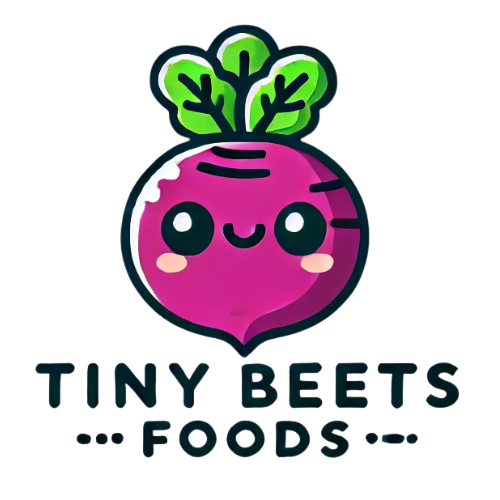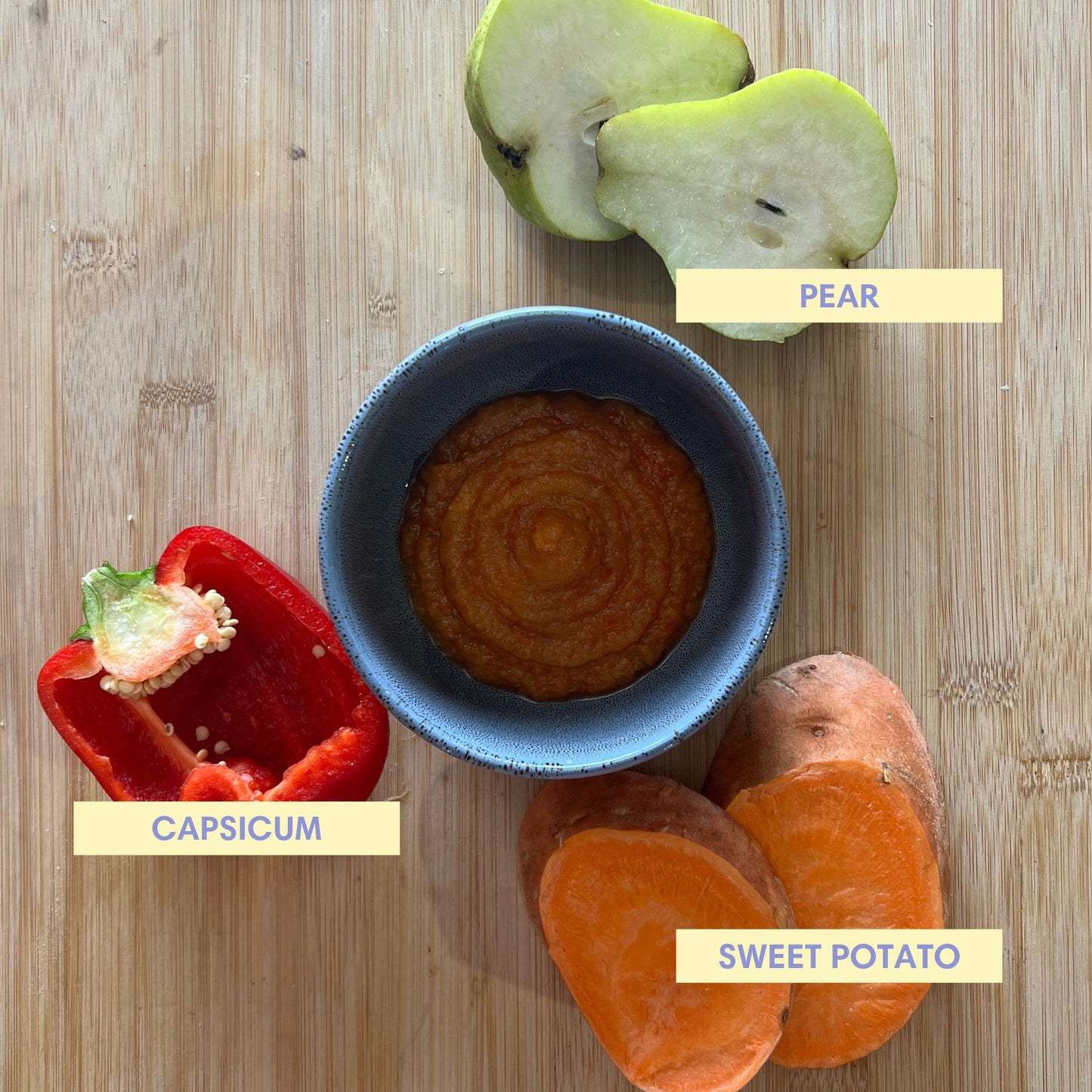A quick and easy guide for parents of little ones.
I think my little one is ready for food!

But how do i know for sure? and what is ok for them to eat?
There is so much conflicting information out there that it can be difficult knowing exactly what your baby can have and when. Whether you're a first-time parent or a second (or third!) time parent with a lot less time on your hands, introducing solids to your baby is a huge moment in their lives. Navigating this new world isn't as complicated as it seems! Here are some simple questions to get started:
- Is your tiny human between 4-7 months old?
- Are they reaching for your food at the table?
- Are you worried about them having an allergic reaction?
- Would you like them to experience solids that have a range of flavours, textures, and high nutritional value?
If you've answered 'yes' to any of these questions then the hard part is done! Your baby is very likely ready to transition to solid food, and there are some safe and easy ways to introduce new flavours to their world.
As a chef for over 19 years, I've had the benefit of experimenting with all sorts of foods and being hands-on when it comes to tailoring meals to suit the needs of a wide variety of people.
When my daughter Quinn started reaching for my dinner at the dining table I was so excited to start her food journey and wanted her to try as many different things as possible.
Then a really scary thing happened when Quinn was around six months old:
She had an allergic reaction that resulted in a hospital visit. Every parent's worst nightmare, right? I had given her some pretty innocent looking salmon cakes and didn't even think about all the hidden ingredients. This was when I realized that there weren't a whole lot of options out there for baby foods that were made with simple ingredients free from nasties and preservatives.
The most important and underrated thing when it comes to introducing solids is nutrition. You would be amazed at how much nutritional value is lost when foods are overcooked. Unfortunately, most baby foods you see on the shelves have been overcooked to make it easier for baby to eat but also to extend their shelf life. This makes for a pretty bland and unhelpful experience. It's important that baby's taste buds expand slowly during this time, and sticking to only fruit purees or foods sweetened with fruit just isn't going to cut it!
Your baby's digestive system is sensitive so of course you would want to give them simple foods that meet their needs and are also easy on their tummy. It's important to start with smooth textures like purees, then move onto foods with small textured bits, then finally onto larger chunks of food.
From four months old, try introducing them to something simple like a butternut pumpkin puree. Its smooth texture will be an easy transition from milk and is a subtle way to get their body ready for important new nutrients. Maybe your little one is like mine who preferred savoury over sweet foods from the beginning!

After they've mastered the smooth and creamy foods you can step it up to something with a little more texture. I created a coconut chia pudding that's great for teething and only has four ingredients so it isn't too overwhelming on their tiny taste buds!
Now baby should be ready for a hearty meal like savoury minestrone or chicken blended with rice and veggies. The more variety that they're introduced to earlier on means their digestive system will develop healthy and strong.
At the end of the day, no one knows your baby better than you. Everything you've read here is just a guideline but I hope that my experience has helped you feel more at ease when it comes to introducing solids to your baby
If you have read this far you can treat yourself 10% off using the code "beets10" at checkout








